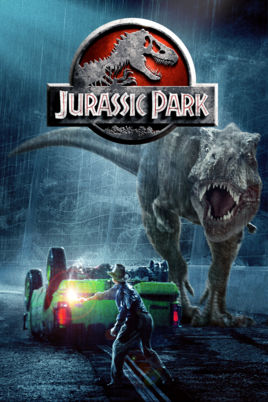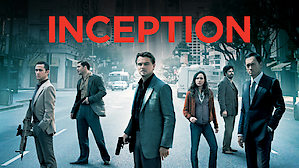The Bourne Ultimatum (2007, by Paul Greengrass): ‘Three to tango in Tangier’
- This particular scene is one of the most well-known climactic chase scenes in contemporary cinema
- This can be due to the tension created by the fast cuts and editing style which allows the audience to feel immersed in the action

The Matrix (1999, by Lana and Lilly Wachowski): ‘The One on the run’
- There is a mix between fast paced and drawn out tension in this scene
- Slow motion effects are used to stop and force the audience to think about what is happening

Seven (1995, by David Fincher): ‘Chasing John Doe’
- Although this is a thriller, not an action, it features an intense chase scene at around the half-way point
- The audience never know where Mills is running which adds a sense of mystery which inspires the premise and ultimately scene from my film

The Third Man (1949, by Carol Reed): ‘Lyme’s labyrinth’
- This is one of the most visually appealing chase scenes in terms of Mise en scene and cinematography as well as the action
- Everything is timed well, and regardless of the tension created by the chase – it is the cinematography which elevates this scene

Point Break (1991, by Kathryn Bigelow): ‘100% pure adrenaline’
- This film includes lots of action sequences, but this one is arguably the best perhaps due to the variety of techniques used and because it doesn’t rely on CGI effects
- Such as: POV tracking shot, slow motion, and several swooping shots around the many extras
Minority Report (2002, by Steven Spielberg): ‘The future is out to get you’
- Inspired particularly by the unique camerawork which includes the audience as part of the scene
- Not just any chase scene, has a logical story and reasons behind it


